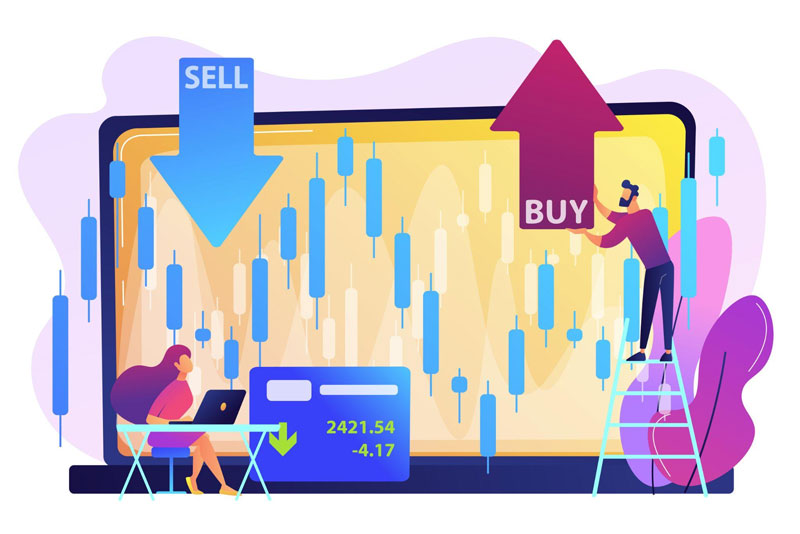Understanding Broker Margin Accounts
Susan Kelly
Dec 07, 2021
Margin accounts come with increased costs, a greater degree of risk, and debt as part of your investing strategy. Interest is charged on margin loans, and you may need to repay the loans quickly if the value of securities you bought on margin falls.
Riskier investments require experienced investors to invest in margin accounts and buy on margin. It lets you leverage your investment value.You may be able to increase your income or broaden your portfolio in a way you weren't able to before.The following is what you need to know to open a broker margin account.

What is a Margin Account &''' How does it Work?
Borrowing money to buy securities on margin can be done through a margin account. With a margin account, which leverages your buying power with loan debt, you can spend more than you deposited with a cash brokerage account.
By opening a margin account, your broker provides you with a credit line from which you can purchase securities. Brokerage firms charge interest on securities that are collateral for loans. Margin loans are different from other types of debt because they do not have a fixed repayment schedule. However, the value of your account must remain above a certain level to maintain the loan.
Buy on Margin
Buying on margin, also known as "margin trade," involves borrowing funds from your brokerage and purchasing stocks using that money. When traders buy on margin, they can invest more without having to put too much money out of their own pocket. The potential for higher returns when you buy on margin can be rather appealing compared to using cash, but you must also be aware that the higher risks come with higher returns. An investor uses margin trading as a method of extending their returns. Nevertheless, if an investment does not go according to plan, losses may also be augmented.

Margin Account Requirements
There are a few key regulatory requirements for margin accounts established by regulators such as the Securities and Exchange Commission (SEC), the Financial Industry Regulatory Authority (FINRA), and others. The requirements may be even higher at your brokerage.
●Input margin minimum
You must meet the minimum margin requirement before you can trade on margin. To buy stocks on margin, FINRA requires that you deposit either $2000 cash or the full purchase price of the stock in your margin account.
●Margins initialized
The maximum amount you can borrow when buying securities on margin is typically 50% of the purchase price. By borrowing 50% of their value, you effectively double your purchasing power. Using your margin account, you can buy stocks on a margin of up to $10,000 even if you have $5,000 in it.
●Maintaining a margin
You must maintain a certain margin account balance whenever you buy securities on margin. You must own outright a minimum of 25% of your margin account assets. This practice is called maintenance margin or maintenance requirement. You may receive a margin call if this threshold is breached due to withdrawals or declining investments value (see below for more information).
Rates of margin interest
A margin account or margin loan entails a margin interest rate on an annual basis. Margin loans are similar to loans in that you have to repay the money you borrowed plus interest. Although margin rates vary by a brokerage firm and the amount you borrowed, some planners find them to be extremely high.
A margin interest rate is usually lower than unsecured loans and credit cards. You pay monthly interest on a margin loan, and you have the option of repaying the principal whenever it is convenient for you. The interest you pay on margin may also be tax-deductible if you use the money to buy taxable investments (you must seek the advice of a tax professional to determine what limitations apply to you).
What Are Margin Calls?
Knowing how margin calls work will help you avoid losing many thousands of dollars quickly and without notice.
Investors' margin accounts are triggered by margin calls when their value falls below the broker's minimum requirement. The margin account of an investor holds securities that have been purchased with borrowed money (generally combining his own cash and money borrowed from his broker). Brokers may demand investors deposit additional funds or assets to raise their account balance to the required level, known as the maintenance margin. The broker isn't obliged to send you a margin call for your account if it has fallen below the firm's minimum threshold. Brokers may sell your securities without your consent depending on the circumstances.
The Bottom Line
Margin investing may be right for your investing strategy, but you may want to start slowly and learn from experience. Consult your tax expert and investment advisor about how to proceed.







